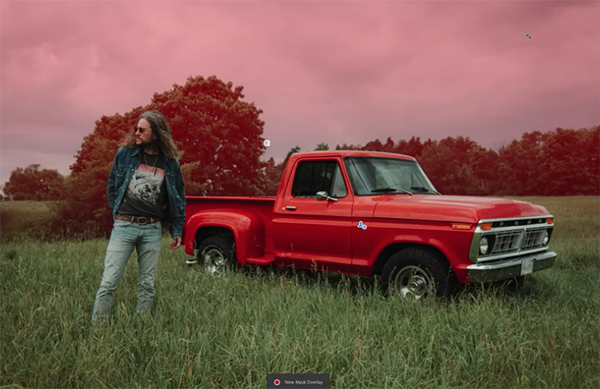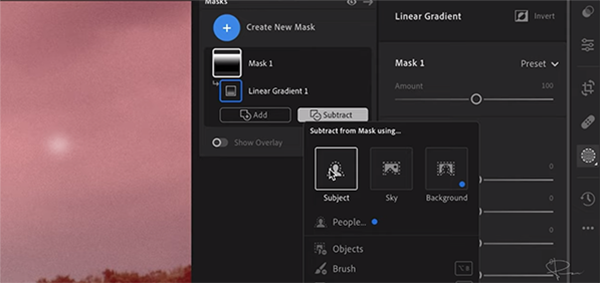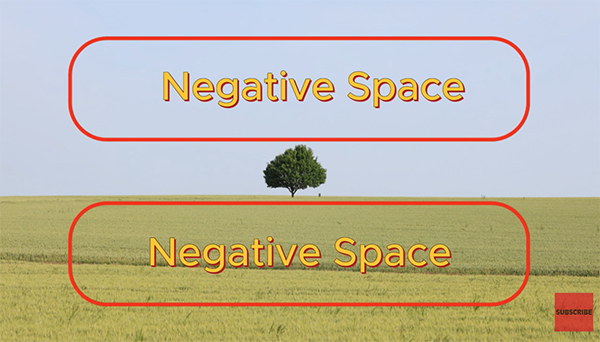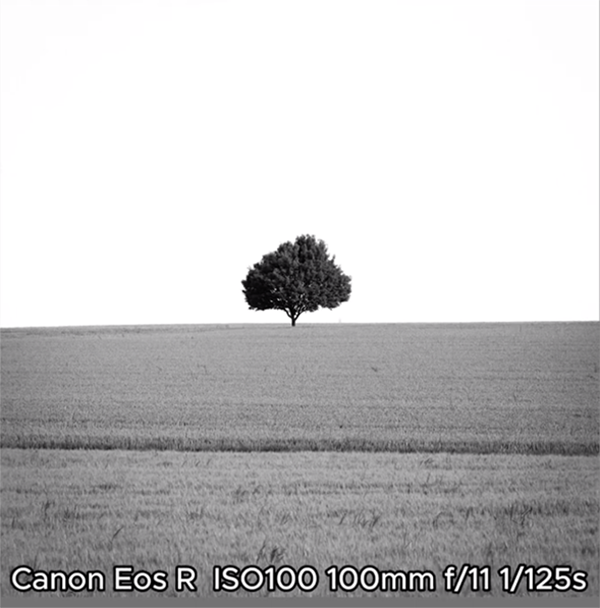5 tips for keeping bugs out of your bedroom when sleeping with the window open
Let the heat out without letting the creepy crawlies in
It’s been a long time since we’ve posted a tutorial from notable photographer Peter McKinnon, so this is your lucky day. That’s because he’s a very popular instructor known for lessons with a unique twist.
The quick video below is no different, as McKinnon reveals “an incredible Lightroom Technique that I can’t stop using.” If you’re familiar with this exuberant instructor, you know he’s become a big devotee of shooting with film. No worries if you don’t own a film camera, because this episode is all about giving your digital images a vintage 35mm look with a straightforward edit in Lightroom.
McKinnon notes that the look of vintage 35mm film photos is very popular today, as evidenced by the fact that some modern cameras offer a variety of film simulations—both color and b&w. After his brief introduction, McKinnon demonstrate how to get the job done in barely two minutes.

As you’ll see, there’s more to this technique than simply adding a bunch of grain (the opposite of what most of us do when editing images for a conventional purposes). Besides increasing grain by as much as 50%, McKinnon provides a few other tricks for creating a vintage look with appropriate contrast and “feel.”
His method also involves significantly reducing contrast, “absolutely no Clarity at all,” and modifications to color depending upon the subject at hand. With regard to grain, he says it’s important to boost the amount, and adjust size and roughness as well. Whether an image is shot using a digital camera or his iPhone, McKinnon says his motto is “grain for days.”
When editing images to mimic a 35mm effect, McKinnon also strives to add a “washed out nature” that’s common to vintage photos. He demonstrates how to do this with a Linear mask. When using this masking technique, it’s important choose the Subtract Subject option. This way mask is placed behind the model in the demonstration photo (who happens to be McKinnon himself).

This setting isn’t only for people, because you can also select Subtract Object (like the truck in his photo). In either case, your edits won’t affect the model or the truck once the mask is in place. That’s because McKinnon’s goal here is simply to add a bit of haze to the background. His Dehaze setting for this image is -35%.
McKinnon has a few more quick tricks to complete the transformation, so be sure to watch until the end. Then head over to his YouTube channel for more interesting tips and tricks.
We also encourage you to watch a tutorial we posted recently, explaining how to use what another pro calls “the top three new features” in the latest Lightroom update.”
All landscape shooters know that the quality of light can make or break a photo. In fact, sometimes an uninspiring scene photographed with spectacular illumination has more impact than an epic scene shot during harsh, midday sun.
But what about those times when you’re traveling to a destination, the sun is high in the sky, and you come across a vista that simply can’t be ignored? In the interesting tutorial below from the Haitowerix YouTube channel you’ll discover simple ideas for making the most of such situations to capture eye-catching photos.
Instructor Aitor Alegre Celaa is an accomplished German photographer with plenty of success in making beautiful images what the light isn’t right. In this quick episode he provides simple advice for getting the job done, by changing up your approach when shooting the field. It’s pretty much a matter of doing things a bit differently with the gear you already own.

Celaa calls his tips “gamechangers,” and they’re particularly helpful this time of year when the sun rises really early, and sunset is really late—meaning you can’t always be in a perfect location to capture the fleeting moments of Golden Hour. He says, “sometimes I feel like a zombie if I awake early enough to shoot the sunrise.”
His first idea for making the most of harsh light is a simple matter of shooting in b&w. While midday tones often ruin the effect of color images, that’s not true with monochrome photos. Celaa explains why harsh light can create deep shadows and bright highlights that “add a dramatic touch to your photos,” if you follow his advice for handling intense light.
In most cases the striking contrast under these conditions is just what you need when shooting in b&w. He demonstrates how to use negative space for simple compositions when taking this approach. You’ll also learn the camera settings Celaa prefers for maximizing the appearance of images with a clean, minimalist style.

Another idea that works really well is shooting tight shots of brightly lit flowers. The trick here is carefully composing the scene in a way that the background is in the shadows. By exposing for brightly lit flowers in such situations, the background will almost go black, thereby making your main subject really stand out. This immediately directs a viewer’s eye to exactly where you want it to go.
Celaa calls his third tip “the most important idea.” You’ve likely heard this one before, but it’s definitely worth repeating. Bottom line: with a quick change in tactics, you’ll be able to capture money shots any time of day.
The Haitowerix YouTube channel was created as a haven for outdoor photographers who wish to expand their skills, so take a close look for more tips and tricks.
We also encourage you to watch the tutorial we posted on a similar topic, with another pro’s approach to landscape photography when you can shoot at Golden Hour.
